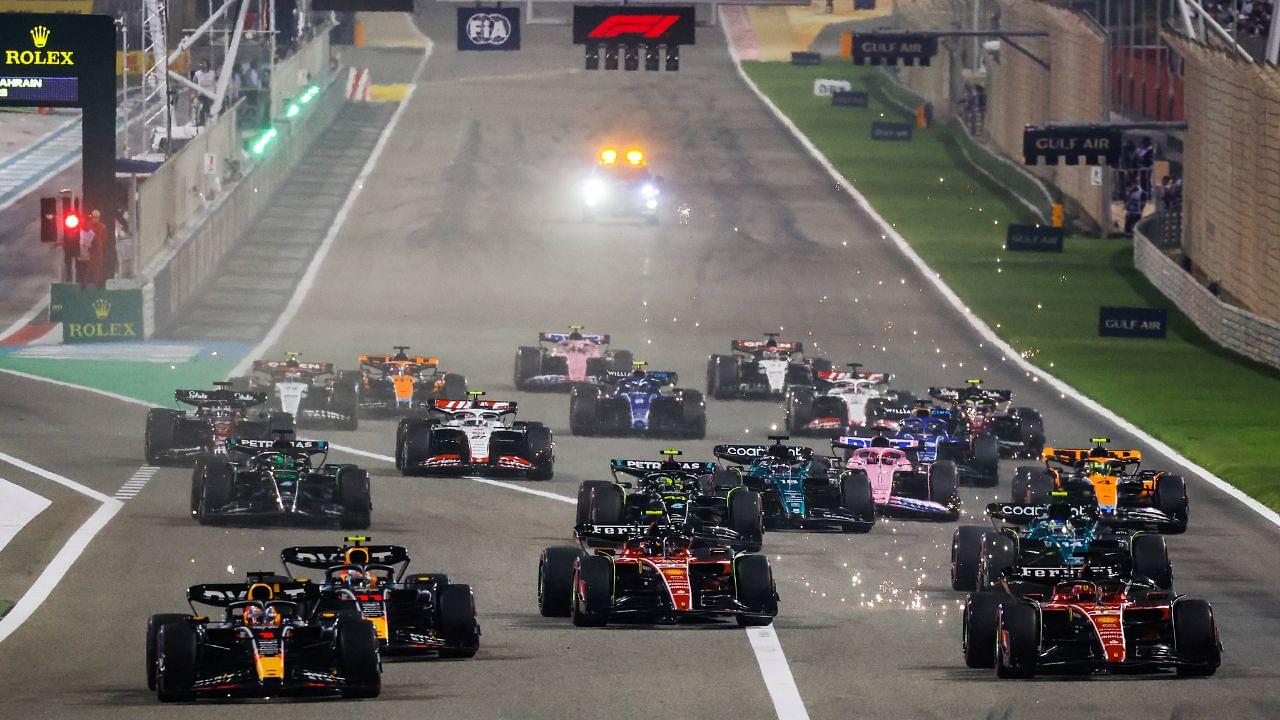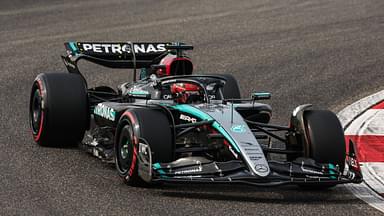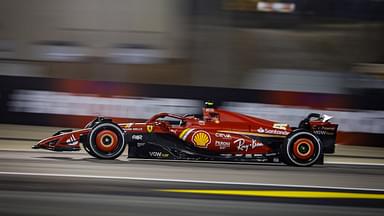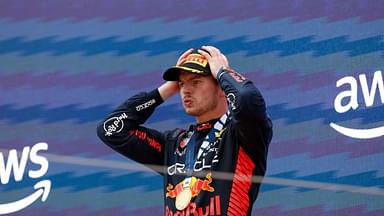The 2024 F1 season is just around the corner. Before the cars head out on the tracks for pre-season testing, fans want an idea of what changes there will be in terms of rules and regulations. Thankfully, the changes ahead of the coming campaign are not drastic, which gives the teams a chance to make big strides and close the gap to the top.
Still, some changes have to be kept in mind. A lot of teams started their development for the 2024 car, midway into the 2023 season. These changes to rules and regulations would have been kept in mind when they were working back at their factories. Not all of these changes are technical. In fact, most of them are sporting changes.
F1’s official website gave fans an insight into the changes in rules and regulations ahead of the new season.
1. Reduction in review period
When there is a discrepancy out on the track, race officials usually review it during the race, or right after it. After considering several things, they give out a penalty or hand out a verdict that may or may not suit a team’s best interests. In that case, teams were allowed to make an appeal as part of their ‘Right of Review’.
Earlier, this review period would last 16 days. From 2024 onwards, teams have just 96 hours, or 4 days, to make an appeal. Once this mark crosses, the FIA won’t take any appeals, and the decision will stand.
Teams also have to come up with the elements that they feel will help their case, instead of simply ‘arguing’ during the hearings.
2. Teams and drivers to pay out more fines
Paying fines has always been a thing in F1. Whether it is drivers making costly blunders or teams getting caught cheating, fines never come cheap. Who can remember when Max Verstappen was fined $50,000 for gently touching the rear wing of Lewis Hamilton‘s Mercedes, back in 2021?
Well, that amount may increase if a similar offense takes place in 2024. The fines that teams and drivers pay will now be more than it was in previous seasons. Until recently, the maximum fine was $270,000 which will now be increased to just north of $1 million.
3. Limit the number of power unit components used
Until last year, teams were given an allotment of four ICE (Internal Combustion Engines), MGU-H (Motor Generator Unit – Heat), MGU-K (Motor Generator Unit -Kinetic) and TC (Turbocharger) components each.
Once the teams increased the usage of four of these components each, taking a fifth one would result in a grid penalty. The rules for the same are tighter this year, with teams being allowed just three components each.
This will force drivers and teams to be much more careful, adding pressure on the durability department to make the components last at an optimal level for as long as possible.
4. Wheels to be left alone
When the 2022 regulations came into effect, one of the biggest noticeable changes was the wheel covers. They provided teams with a potential opportunity to ‘display information’, but it could have had an effect on the aerodynamics of the car.
In addition to aero, the weight of the car could also have been affected. 2024 was going to be the year when teams would start using the wheel covers to their advantage, but that idea has been dropped. They were previously scrapped in 2023, and the same continues this time.
5. Teams can spend more in the long run
The introduction of the cost cap was one of the most monumental moments in F1 history. The gap between the front and the back of the grid is visibly reduced. In 2023, as pointed out by F1’s website, all the teams were a part of Q3, the final run of qualifying on several occasions.
For the FIA, however, change is necessary. They want the teams to make better cars every year, which can be difficult, especially for the not-so-rich teams. As part of the increase in Capital Expenditure, the bottom four teams from 2023 can now spend over $65 million over the next four years. This amount was $45 million previously.
This amount decreases as we move higher up the grid. But it gives the teams a golden chance to develop their cars, without spending too much or going out of their budget cap.
6. Changes to shakedown
F1 as a sport has grown tremendously over the last few years. While racing action does play a role, showmanship and social media popularity are vital in bringing new fans and having the casuals glued to the screens. In 2024, there will be more promotional events according to F1’s official website.
Teams often take part in shakedowns before the season gets underway. These shakedowns allow them to run both their cars on an F1 track, as a part of a promotional event. Earlier, teams were limited to 100km running. Now, this distance has been increased to 200km.
It allows the drivers to get a little bit more time behind the wheel. At the same time, the teams can use this added 100km for their own promotional purposes. Most of the pictures of their cars taken by the team before pre-season testing, are during shakedown.
It is an exciting moment for fans. Although there isn’t any official coverage of the same, its one of the first opportunities fans get of seeing their favorite drivers behind the wheels of their brand new challengers.
7. Changes in testing cars
F1 teams are allowed to test their cars that are, at least two years old, as part of the TPC (Testing of Previous Cars) program. Until last year, the newest car they could use was the 2021 car, but now it will be 2022.
The 2022 cars are strikingly similar to today’s challengers because that was the year these current ground effect regulations came into effect. Testing 2021’s cars, or previous ones were harmless. Little information from there could be used to develop cars today, or for the future. But when it comes to the 2022 cars, teams could test components on it, to use it to their advantage as the season progresses.
Keeping this in mind, FIA notified the teams that whatever components they use in the TPC, will have to run on an official test at least once, before they fit it onto the older cars.
8. Roll hoops to withstand stronger load
Roll hoops got changed ahead of the 2023 season, with the minimum height getting altered. Ahead of 2024 now, they are being designed in such a way that they withstand more load.
This change takes place keeping Zhou Guanyu’s 2022 British GP crash. The Chinese driver suffered a horrific crash on lap one of the race in Silverstone, and if the roll hoops weren’t strong enough, he could have suffered some serious injuries.







